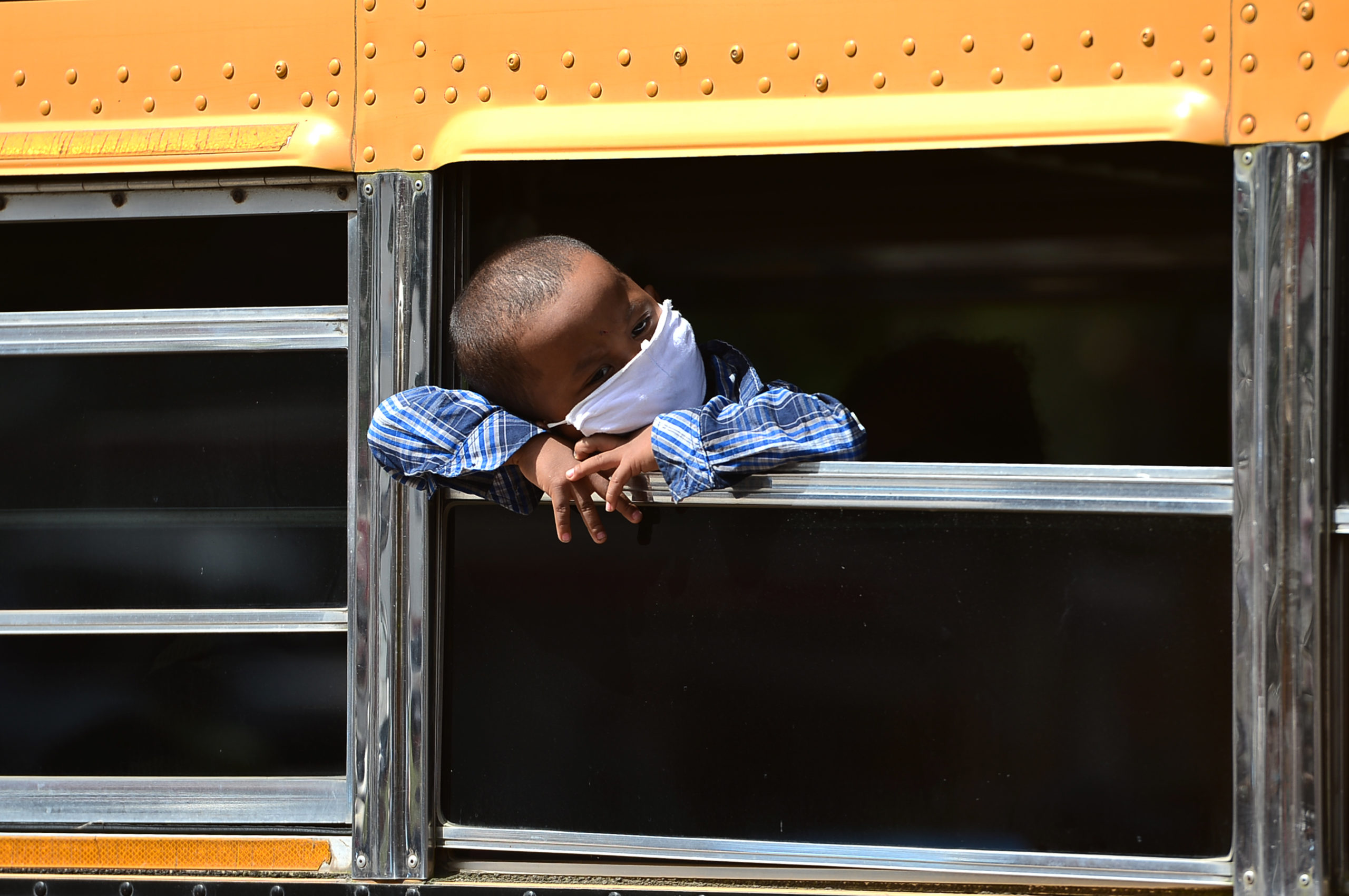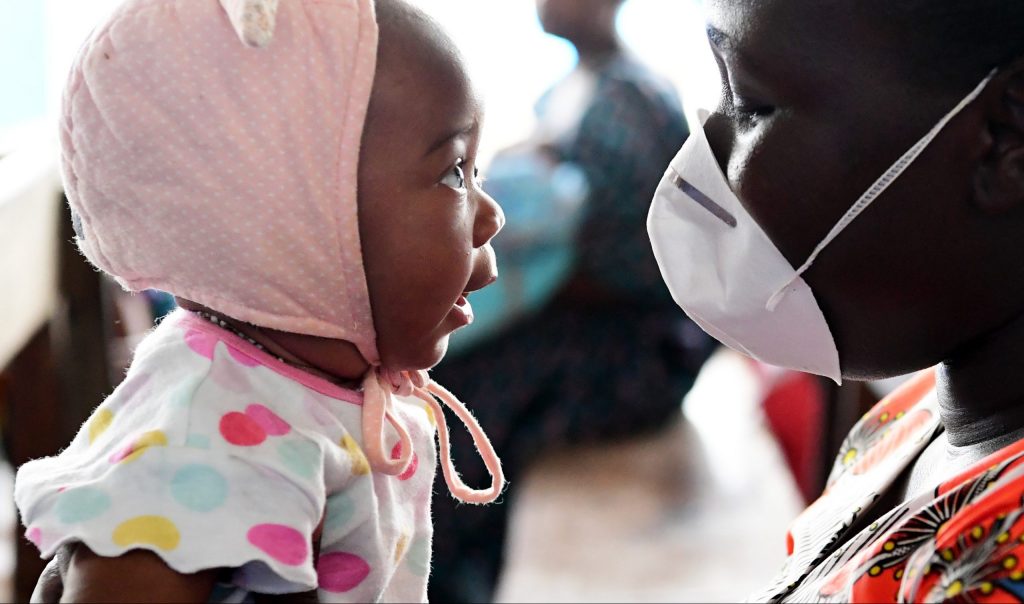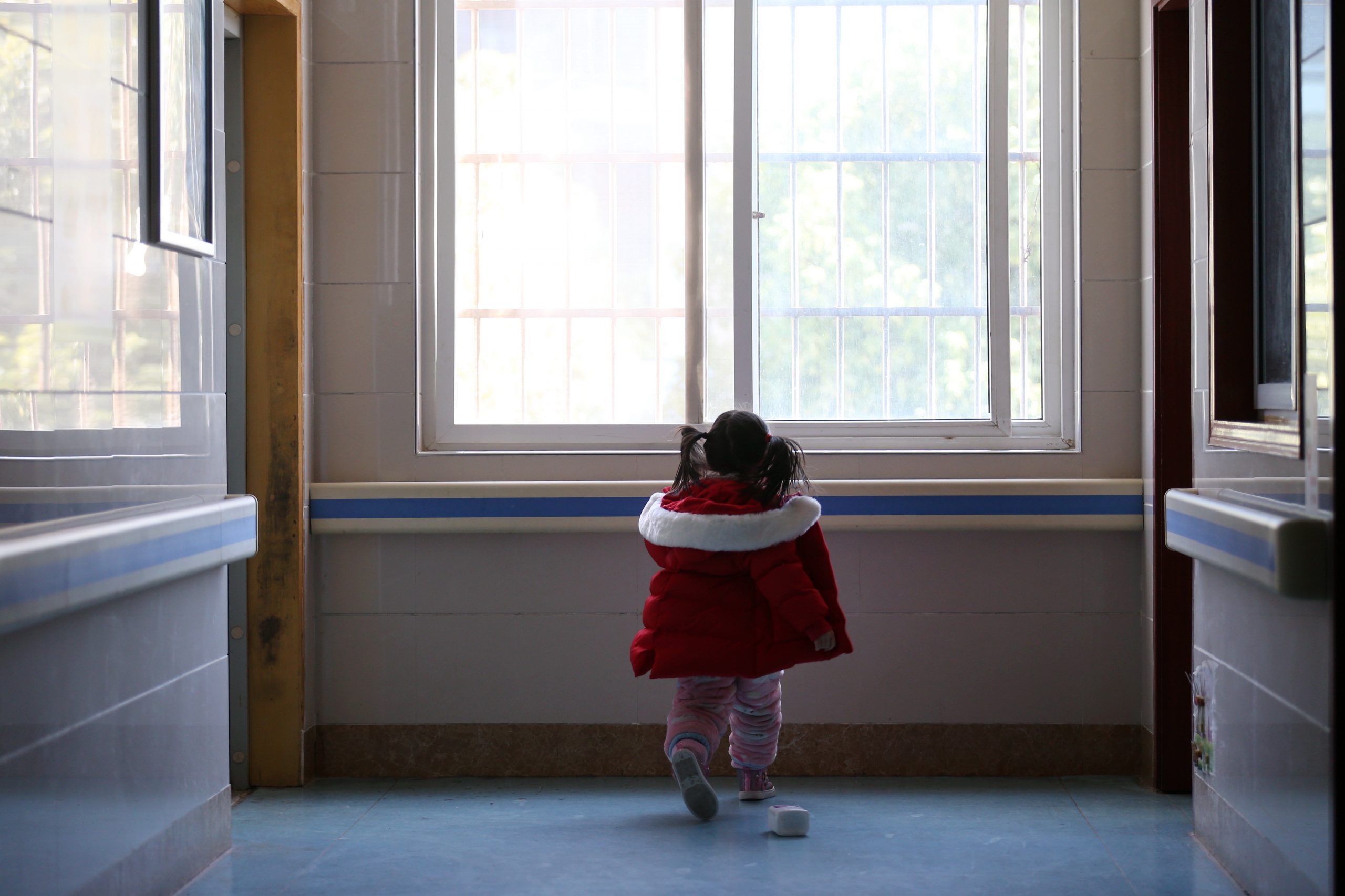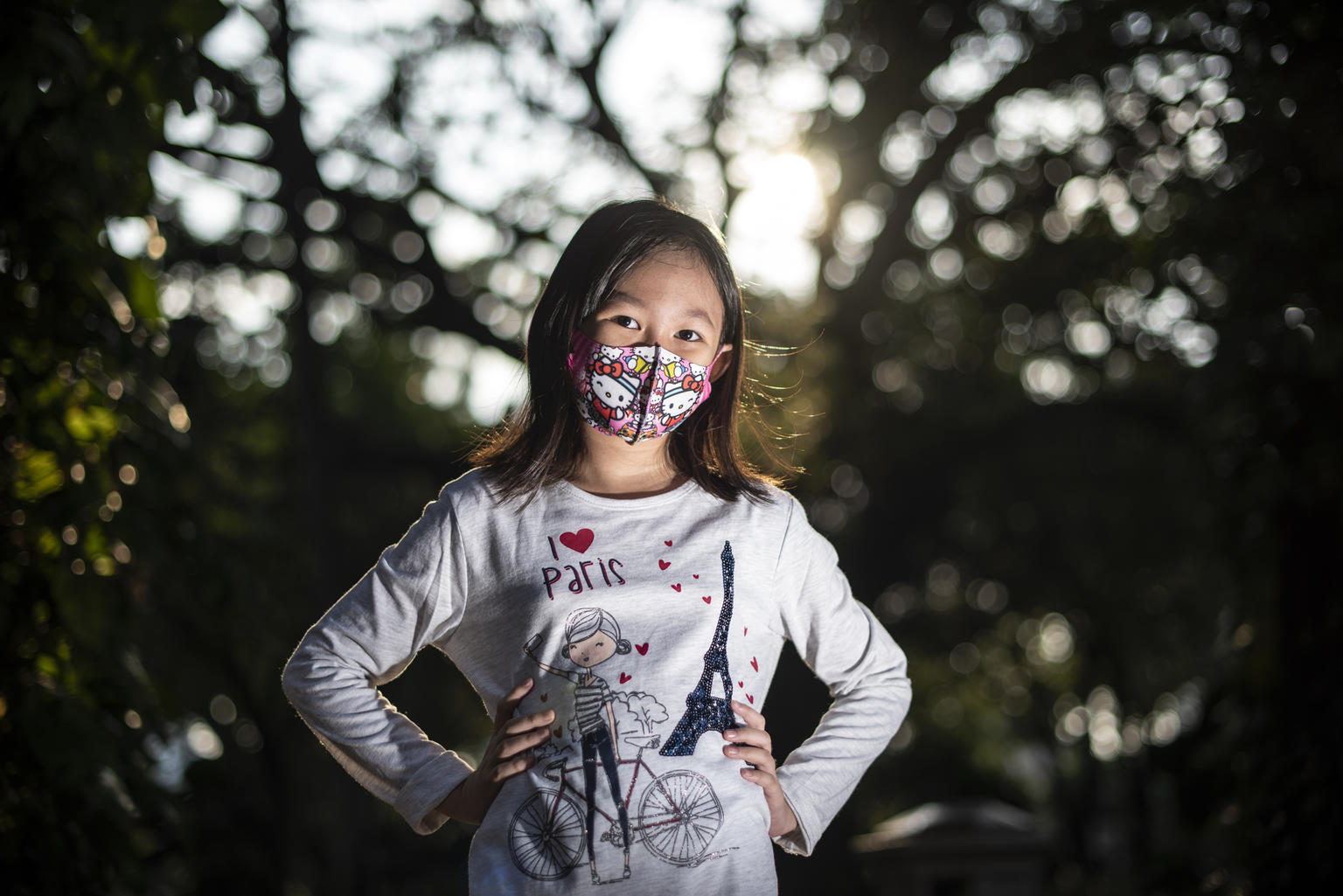How COVID-19 is changing the world
A statistical perspective, Volume II

Since the release of the first volume in May 2020, the COVID-19 pandemic has continued to spread around the world, with over 25 million cases and nearly 850,000 deaths attributed to the disease as of the end of August.
The pandemic presents tough choices for governments, local communities, health and school systems, as well as families and businesses: How to re-open safely? How to safeguard people’s lives and protect their livelihoods? Where to allocate scarce resources? How to protect those unable to protect themselves? Answers to questions like these will affect our short-term success in battling the spread of the virus and could have impacts for generations to come.
More than ever, the world needs reliable and trustworthy data and statistics to inform these important decisions. The United Nations and all member organizations of the Committee for the Coordination of Statistical Activities (CCSA) collect and make available a wealth of information for assessing the multifaceted impacts of the pandemic. This report updates some of the global and regional trends presented in Volume I and offers a snapshot of how COVID-19 continues to affect the world today across multiple domains.
Globally, the number of children living in monetary poor households could soar by more than 117 million by end of year
About 1 in 3 children in developing countries were living in monetary poor households before COVID-19. This number is expected to rise as families lose their sources of income and home environments are turned upside. As a result, children are likely to be deprived of their basic needs and are at higher risk of living in monetary poor households.
Unless urgent action is taken to protect families from the financial hardships caused by the pandemic, there could be between 676 million and 703 million children in these circumstances in low- and middle-income countries by the end of 2020. More than half of these children live in sub-Saharan Africa and South Asia, but the highest percentage increase is likely to occur in Central and East Asia.
Access more information on COVID-19 and child poverty.
The impact of school closures on learning can be lessened with adequate catch-up strategies, but many countries have no plans of implementing them
School closures due to COVID-19 measures pose a great threat to children’s learning, especially at the primary education level. Basic competencies are the building blocks for all education and are strong predictors of opportunities later in life. They are both the easiest to lose when schooling is interrupted and the hardest to regain once schooling restarts.
Education systems implementing remedial measures will help at least some learners catch up to the pre-COVID trajectory. Failing to deploy catch-up strategies should be avoided at all cost as this would hamper efforts to generate vital skills that children need to function later in life. Yet, many countries are still not considering remedial actions, such as increasing learning time or accelerating learning.


